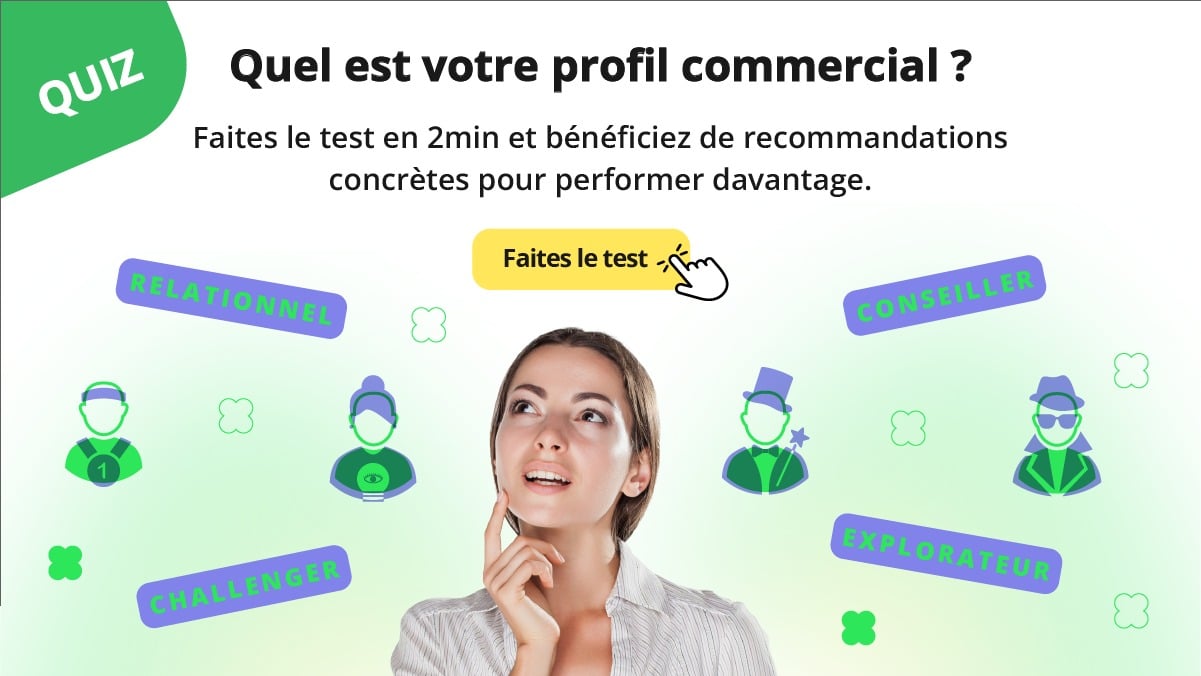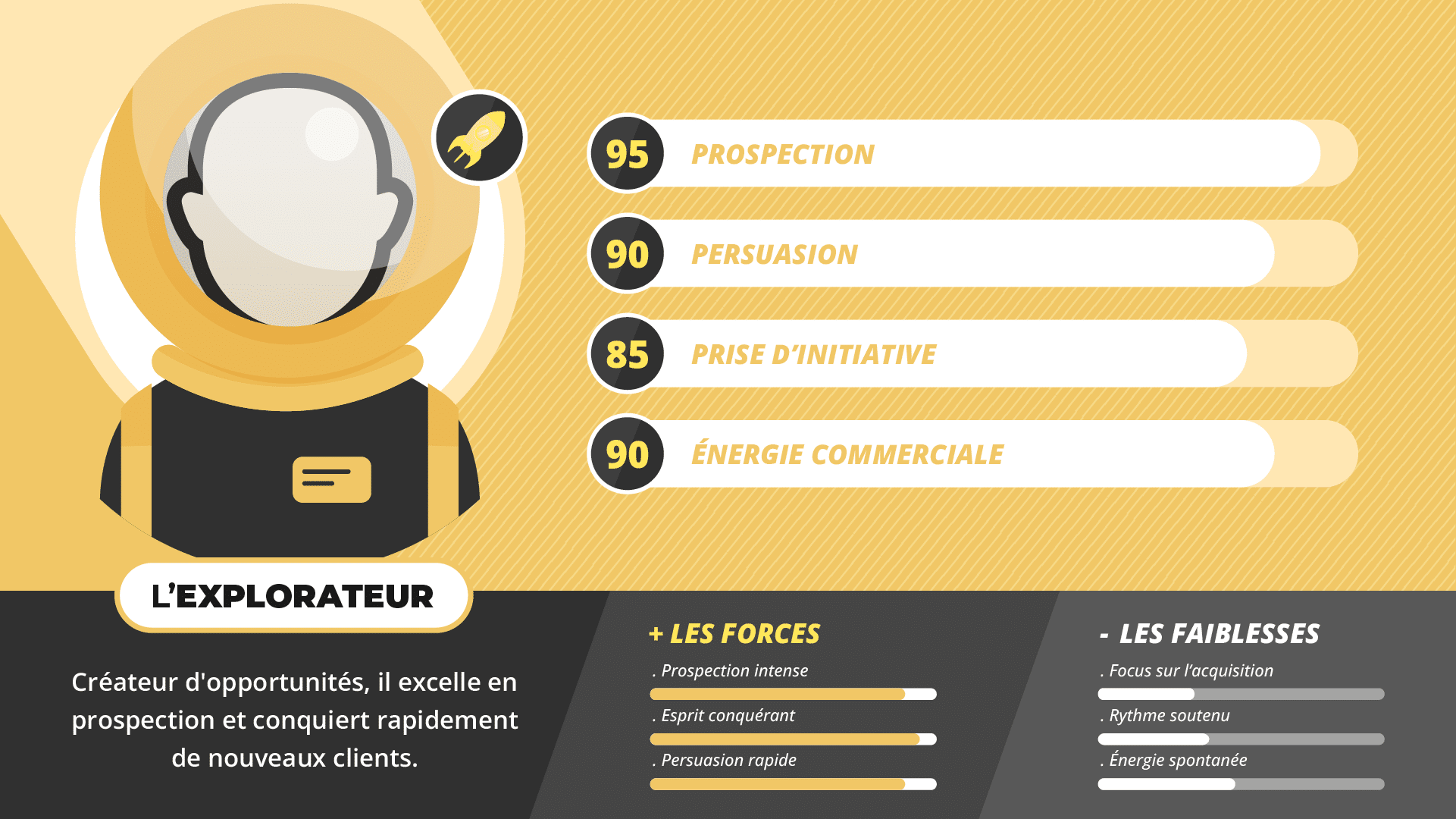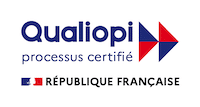That's why sales people devote a lot of time and energy to them, with success rates that are unfortunately often very low.
So, what are the secrets behind the success of publishers who win tenders?
1. They maintain a privileged relationship with their key accounts
The first key to success in responding to invitations to tender is to initiate and maintain a quality relationship with your key account prospects.
If you've been working - as we hope you have! - on your business modelyou know who your gold, silver and bronze customers are. And you've thought about allocating your sales resources (work time and account assignments) according to this ranking, i.e. giving priority to your gold, then silver, and finally bronze targets. From then on, your sales people began to identify the key contacts within these accounts and to establish lasting relationships with them.
The aim is to create and establish trust, so as to gather valuable information about the company's internal organization and current strategic issues.
Marketing can effectively support them in this task, by producing "made-to-measure" content to nurture a personalized relationship that logically "adds value" with their interlocutors (articles or infographics corresponding to their centers of interest, for example).
It's also a good way to keep on top of their minds and make sure you're "on their radar" when they choose which companies to consult for a new project!
2. They know the bidding "playing field" inside out
It's this long-term relationship of trust that enables sales reps to work on another decisive point in improving their conversion rate with key account customers: account "mapping". This is one of the key elements of the Méthode de 1, and an essential point if you want to control your sales process and stop making your sales results depend mainly on "luck" or uncontrolled external factors, as Caroline Jurado, CEO and founder of start-up Linkky, points out in her testimonial about our collaboration.
Internal organization, influencers and decision-makers within the account, apparent and invisible relationships, specific or collective internal issues, priority objectives, sector constraints and market context...
All these elements of detailed knowledge of a prospect enable us to identify his or her expectations (whether conscious or not...) and target the offers that best correspond to them.
And also, as we'll see later, to build the discourse to which he'll be most sensitive.
A step not to be neglected, with one point to bear in mind: the mapping of an account is never "fixed". Not only does it evolve over time in line with internal movements, but it also differs for each deal. The sales manager may have been your best in-house promoter when it came to implementing a CRM solution, but may turn out to be a fierce opponent when it comes to implementing new marketing tools, if the latter challenge his team's working habits, for example!
3. They make sure they're always one step ahead
Another decisive factor in any key account sale, but even more so when it's part of a call for tenders: having privileged, priority access to information!
The legal framework for calls for tender is highly regulated, and once the consultation has been launched, many constraints are imposed on sales staff: a single contact person, a duty of confidentiality regarding other companies consulted and their position, a ban on direct contact with decision-makers, extreme formalism in the call for proposals and responses...
In fact, the only effective way to influence the outcome of an invitation to tender by refining the relevance of your commercial response is upstream of its official publication!
Bear in mind that if you discover the invitation to tender on the day you receive it in your mailbox, you're already at a serious disadvantage, as you have very few commercial levers on which to act, and not the most pleasing ones (price...).
Those who have understood this devote a great deal of attention and energy to points 1 and 2 above, not least for this reason. If there's a relationship of trust and regular exchanges, chances are you'll hear about a consultation while it's still in the project stage... And it's then - and only then! - that you'll be able to obtain key information from the various internal contacts most familiar with the matter.
4. They know how to make a difference...
If you have integrated the first 3 points into your sales methods and sales organization, then you have the tools you need to differentiate yourself from your competitors: you have an idea of the budget envisaged, the internal organizational constraints impacting the project, the key contacts and their expectations, the arguments of internal "opponents" to the project...
From then on, you'll be able to "play your cards right" and determine the right offers and services to highlight, the type of support to offer the customer, your price positioning, and more generally, your sales tactics for this business.
Last but not least:
you'll be able to put together a speech that will hit the bull's-eye with your contacts.
The presentation of an offer in line with the customer's expectations has certainly enabled you to get past the pre-selection stage. That's a good thing. But it's no use if you're not the best at the oral presentation!
It's during this final stage, the one that determines the final outcome of the consultation, that the sales approach patiently put in place from the outset takes on its full meaning and bears fruit: the detailed knowledge of the account and its key contacts that your sales people have acquired over the preceding months will enable you to develop an original discourse around your solutions andfocus the spotlight on the points that will resonate most with your contacts.
Armed with your knowledge of their personal issues, you can even allow yourself the luxury of making your interlocutors "allies" during your presentation, by inviting them to express themselves, give their opinions and "co-construct" the choice of solution with you during your presentation.
What better way to make them want to work with you than to involve them in the choice of options and get them to plan the next stage of the project with you?
In any case, it's an approach that has enabled many of our customers to considerably improve their transformation rates and the amount of business they win!
Time is a precious resource. Are your salespeople short of it? In this webinar, Kestio explains how to save them 50% of their time:






